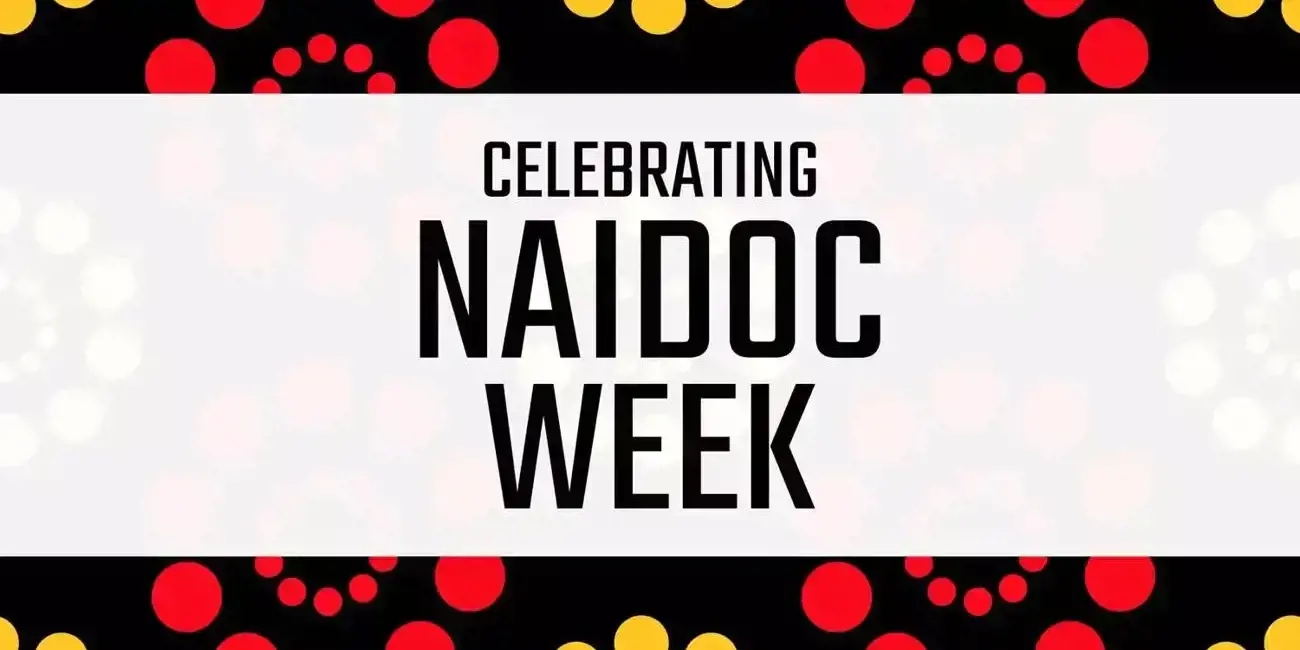NAIDOC Week, an annual event that celebrates the history, culture, and achievements of Aboriginal and Torres Strait Islander people is coming up and we're here to celebrate with your early childhood education and care services and your children!
NAIDOC Week runs from 2 - 9 July 2023 and the theme for this year is, ‘For our Elders’.
With so many activities and events happening all around the country, there's no shortage of ways you can get involved but in case you're keen to create your own activities in your childcare service or, if you're a parent, help out coming up with ways to, here are six ways that early childhood educators and under-fives can celebrate NAIDOC Week together.
Sharing of knowledge
Young children and caregivers can learn a lot from local Elders and other Aboriginal and Torres Strait Islander community members. There’s the opportunity for ECEC services to invite guests to come and speak to children, perform dances, or incorporate a flag-raising ceremony, Smoking Ceremony, and Welcome to Country in their day. A lot of services already have these activities going on throughout the year but given the special week that it is, why not celebrate with an elder from your area?
Not sure where to start? ACEQUA has a resource available to engage with local Elders in your area.
Share picture books about Australia’s indigenous people
Books are a fantastic way to inspire children’s curiosity and prompt conversations about history and culture.
My Country by Ezekiel Kwaymullina and Sally Morgan, and Ernie Dances to the Didgeridoo by Alison Lester, are two picture books recommended for early childhood settings; Wilam – A Birrarung Story by Aunty Joy Murphy, Andrew Kelly, and Lisa Kennedy also comes recommended by Early Childhood Australia and The Children’s Book Council of Australia.

Watch and celebrate Aboriginal and Torres Strait Islander people
Ages two to five should be getting less than one hour of screen time a day, but a little quality entertainment can teach them a lot. Little J & Big Cuz is an award-winning animated TV show, and preschoolers could watch one episode a day during NAIDOC Week.
There are also some great Little J & Big Cuz education resources that educators can use to build upon children’s learning when watching the TV series.
Play music that’s in tune with NAIDOC Week
Under-fives love to sing and dance, and Wombat Wobble by Johnny Huckle and Helen Moran is a classic ditty for the young (and young at heart). Long before he became Prime Minister, Scott Morrison was wombat wobbling, and these lyrics will strike a chord in childcare centres and preschools:
Let's do it, do the didgeridoo, the Wombat Wobble, the kangaroo, and the emu too.
Jump up in the air, and you turn around and say to Mum and Dad, and all your friends in a big love heart.
I love you.
Children can launch into visual arts
The NAIDOC Week 2020 poster by Tyrown Waigana can be displayed in the classroom, and it’s also a great way to inspire visual arts. For starters, under-fives can try their hand at colouring in the black and white version of the poster, then come up with a poster of their own, using crayons or paint.
Take part in a yarning circle
Last but not least, a yarning circle is a great way to enhance young children’s understanding of Aboriginal and Torres Strait Islander knowledge and ways.
It generally involves everyone sitting in a circle and in the ECEC setting, an educator invites children to introduce themselves and share something about themselves. The educator will introduce focus questions, and everyone then takes turns sharing ideas and thoughts. These might be written or drawn on a piece of butcher’s paper in the middle of the circle, and the group finishes by reflecting on what has been said.
At the end of the day, NAIDOC Week is an inclusive event that enables all ages to learn about the history, culture, and successes of First Nations people.
All of these activities will engage under-fives bodies and brains, and ECEC services are also encouraged to focus on cultural competence training for staff.
Educators, families, and other community members can learn about NAIDOC Week here, and to see what activities are happening in your local area, just contact your regional office.
Reference
































